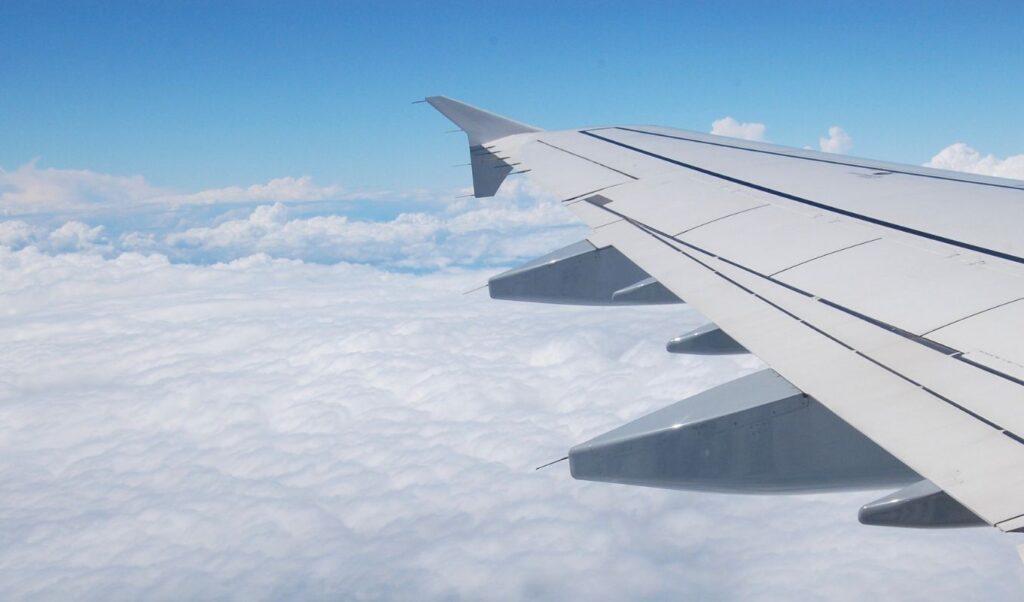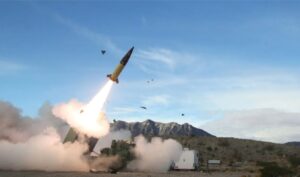A new tragedy involving a Russian passenger aircraft was narrowly avoided. Russianpassenger aircraft made an emergency return today, Friday (25/7) to Novosibirsk due to cabin pressure loss during flight, while en route to Sochi, according to the state news agency TASS. SHOT, a Telegram channel with contacts in Russia’s security services, reported that the aircraft is a Boeing 737, operated by Russian airline S7.
It should be noted that yesterday Thursday, another Russian passenger aircraft crashed in the Amur region of Russia’s Far East, resulting in the deaths of all 48 people on board.
The aircraft was operating a flight from the city of Blagoveshchensk on the Russian-Chinese border to the remote town of Tynda, said regional governor Vasily Orlov. The wreckage of the crashed An-24 is scattered over a distance of half a kilometer, according to Russian outlet Baza. The aircraft was located by an Mi-8 helicopter of the Russian Transport Service.
The Far East transport prosecutor’s office reported that the crash site was located 15 kilometers south of Tynda, adding in an online statement that the plane was attempting a second approach during landing when contact was lost.
What is believed to be the cause of the aircraft crash in Russia
According to Baza agency, crew error during landing in poor visibility conditions is being examined as a possible cause of the crash, with the plane catching fire at the moment of impact. It is believed the aircraft was just a few kilometers from its destination when contact was lost, reported news agency SHOT.
The Antonov An-24
The Antonov An-24 is a small, propeller-driven aircraft with a capacity of up to 50 passengers, designed to handle the harsh weather conditions of Siberia and the Russian Arctic. Thanks to its construction, it can land not only on runways but also on snowy or uneven terrain. The model was designed in the 1950s and production began in Kiev in the 1960s, but no new An-24s have been manufactured for about ten years.
According to Siberian airline Angara, approximately 100 An-24 aircraft remain in service, with an average age of nearly 50 years. In 2023, following the imposition of Western sanctions, two Siberian airlines requested the Russian government to extend the service life of Soviet Antonovs to continue their operational use.




